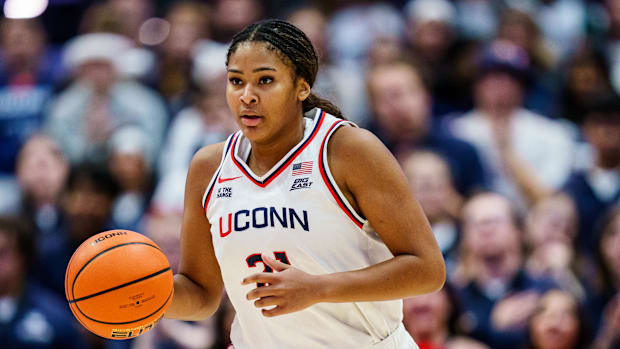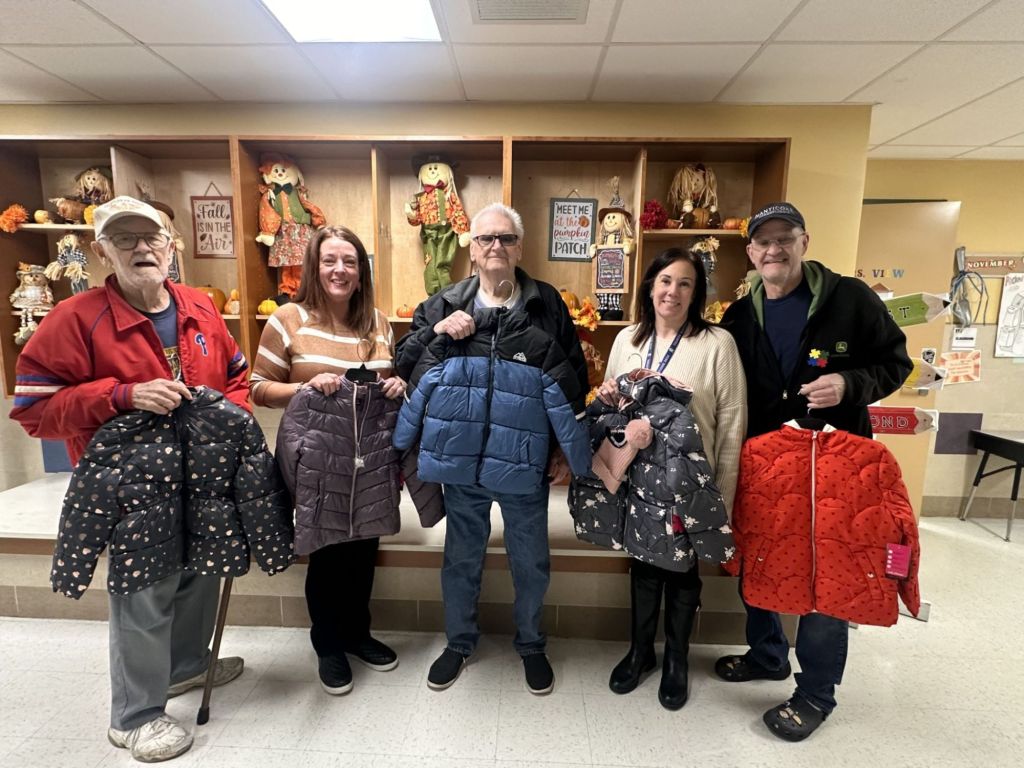You are seeing this page because something unexpected happened on our server and the page you were looking for hasn’t loaded. We apologise for the inconvenience, but this stuff happens from time to time.
We suggest you click here to visit our home page and continue browsing the site, or use the Search box above to find the page you were looking for again.
If you need any further assistance in finding what you are looking for, use our Contact details at the bottom of the page to get in touch.
LATEST ARTICLES
Titli on Star Khanya Teasers – December 2025
Sudipto instructs his friends to distract Titli before the exam, and they try to pick a fight.
Unami na? Teasers – December 2025
Sulakshana plans to kill Swaraj and Vaibhavi on the same day.
Inhliziyo Ayiphakelwa Teasers – December 2025
Jay attempts to kill Raaya by poiisoning her in the hospital.
New on TV today: Sunday 30 November 2025
HISTORY tells the story of Sitting Bull and a topical doc about the Louvre Heist airs on Discovery.
Ithemba Alibulali Teasers – December 2025
Digvijay is shocked to learn that Dhvani is his daughter and confronts Rani for hiding the truth.
Isivumelwano Teasers – December 2025
Annapurna informs…










 -Mostly SunnyTonight
-Mostly SunnyTonight


